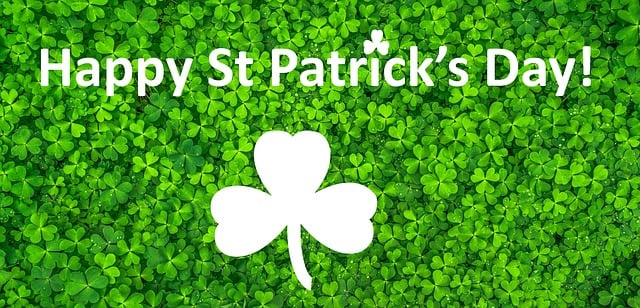The Irish American Flag is a symbolic fusion of Irish heritage and American pride, combining the green fields of Ireland with the white shamrock and the reds, whites, and blues of the United States. It represents the shared cultural identity and mutual respect between Irish and American peoples, reflecting the experiences of Irish immigrants and their descendants who maintain a connection to both countries. The flag's design honors the historical significance of the Irish tricolor, adopted in 1916, and the American flag, which dates back to 1777 post-Declaration of Independence, with its symbolism of nationalism, republicanism, peace, and the original thirteen colonies. This unique banner stands as a testament to the enduring legacy of migration, assimilation, and the dual identities of the Irish diaspora in America, encapsulating their contributions and the unity and diversity that have enriched both societies. It is a visual narrative of the enduring transatlantic connection and the shared values between Ireland and the United States as represented by the Irish American Flag.
The Irish American Flag, a harmonious blend of green and white with red and blue, stands as a vibrant emblem of shared heritage and cultural identity. This article delves into the fascinating fusion of two distinct nations’ symbols—the Irish tricolor and the American stars and stripes—creating an icon that represents the rich tapestry of Irish American history. From its origins to its role in modern celebrations, “Combines Irish and American Flag Elements” explores the blending of traditions, the design’s evolution, and the flag’s significant place in both festivities and family histories. Join us as we unravel the story behind this symbol of unity and how it has come to be a cherished banner for Irish Americans everywhere during St. Patrick’s Day and beyond, as well as its prominent display in parades, personal stories, and events that celebrate Irish American Heritage Month.
- Blending Traditions: The Story Behind the Irish American Flag
- – Origins of the Irish and American Flags
Blending Traditions: The Story Behind the Irish American Flag

The Irish American Flag is a compelling symbol that harmoniously integrates the traditions and heritage of both Ireland and the United States. This emblematic flag emerged as a means to unite two distinct cultures through its design, which features a green field—a nod to the Emerald Isle’s verdant landscape—overlaid with a white shamrock on one side and the Stars and Stripes on the other. The shamrock, a universally recognized symbol of Ireland, stands proudly alongside the stars representing the 50 states of America. This blending of symbols tells a story of shared history, mutual respect, and enduring friendship between the Irish and American peoples. It speaks to a legacy of migration and assimilation, where the original Irish immigrants who crossed the Atlantic sought to maintain a connection with their homeland while embracing their new lives in America. The Irish American Flag thus became a powerful representation of identity for the Irish diaspora, reflecting a dual sense of belonging and pride. It is a visual testament to the enduring bonds that have been forged through generations, symbolizing unity in diversity and the rich tapestry of experiences that define the Irish American experience.
– Origins of the Irish and American Flags

The Irish tricolor, a horizontal flag with three vertical bands representing nationalism, republicanism, and eternal peace, was adopted in 1916. It features a deep green field with a white band on the hoist side and an orange band on the fly side, symbolizing the unity of the Irish people. The central white band is twice as wide as each of the other two bands and bears the Celtic harp, a national emblem steeped in history. The design of this flag has its roots in the 1790s, during the United Irishmen movement, which aimed to end British rule in Ireland.
Conversely, the American flag, also known as the “Stars and Stripes,” has its origins dating back to 1777 when the Continental Congress officially adopted it after the Declaration of Independence was proclaimed. The flag features thirteen horizontal stripes representing the original thirteen colonies that broke away from British rule to form a new nation. The stars on the blue field in the upper left corner (as per the flag’s orientation) represent the states of the Union, with one star for each state. Over time, as new states joined the Union, more stars were added to the flag, reflecting America’s growth and expansion.
The Irish American Flag, a fusion of both these historical symbols, combines the colors and the white central band of the Irish tricolor with the stars and stripes pattern of the American flag. This unique flag represents the shared history and cultural ties between Ireland and the United States. It honors the legacy of those who emigrated from Ireland to America, blending the green of the Emerald Isle with the red and white of the American banner. The Irish American Flag is a testament to the enduring relationship between these two nations and their peoples, symbolizing unity, diversity, and mutual respect. It serves as a visual reminder of the contributions of Irish Americans to the fabric of American society and the continued transatlantic connection between the nations.
